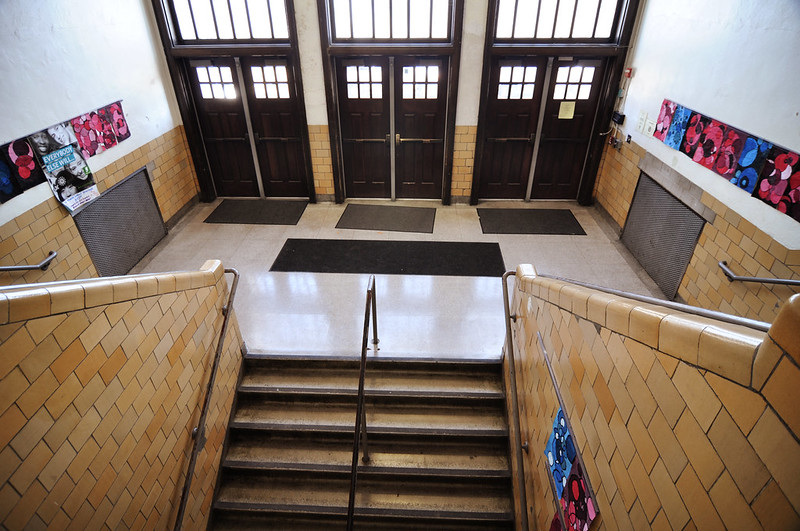
Teachers and school and districts leaders have met unparalleled challenges during the coronavirus crisis but steadfastly remained focused on how best to meet student needs. The SCORE team spoke with K-12 and postsecondary educators who directly serve students across Tennessee and found incredible examples of collaboration, innovation, and leadership in the face of unprecedented challenges.
As one district leader put it, “We realized no one has a playbook for this situation, and it was on us to come up with one.” But even without a playbook, leaders were stepping up to serve students — academically and otherwise — by leaning on each other, as common challenges arose:
- Meeting Significant Needs: One district leader reported serving 24,000 meals over the span of a week to the 4,000 students in their distressed county. Across the state, schools are serving as community hubs — extending their service and providing food security for students and their families.
- Transitioning To Technology: Teachers shared how they helped students and their families troubleshoot distance learning by discussing how to manage student workloads and talking to students about the crisis. A rural high school counselor is taking an “all of the above” approach to reaching students for advising, leveraging both internet-based tools and phone calls to reach more than 90 percent of students. Another teacher reported leveraging her prepandemic experiences with recording lessons and technology-based family communication tools to help her colleagues use these platforms to connect with students and families.
- Collaborating Across Sectors: An urban nonprofit leader shared that postsecondary institution leaders now meet three times weekly — significantly more than usual — to problem-solve the transition to virtual learning. After weeks of collaboration, they are now thinking through how to communicate their longer-term needs to policymakers and community stakeholders.
With schools closed until the end of the academic year, educators and leaders are starting to ask “what’s next”?
- Moving Beyond Survival: Questions are now being asked about the steps beyond “survival mode” and relate to issues such as broadband access and best practices on virtual learning. One teacher noted that, though currently necessary, the volume of emails and videoconferences was still overwhelming and requires new systems to balance responsibilities to her students and her family.
- Addressing Lost Learning: A school leader discussed weighing how to best make up for lost learning time, beginning with identifying key prior grade-level standards teachers will need familiarity with to address gaps caused by losing nearly a quarter of the school year.
- Adjusting Enrollment And Learning Environments: Postsecondary leaders shared concerns about student enrollment challenges in the fall, particularly for students changing plans based on broader COVID-19 impacts. Technical colleges are thinking through how to capitalize on the positive benefits of virtual learning while preserving the essential nature of “hands-on” learning inherent in technical fields.
This crisis highlighted gaps in our current education system. However, educators and leaders are starting to explore what they can do differently in the future.
- Expanding Access To Learning: Both district and postsecondary leaders described efforts to extend campus Wi-Fi to parking lots to ensure students have internet access to continue learning. A district leader shared ongoing problem-solving efforts with local government and business leaders to get broadband access to individual families, source more devices, and develop plans to continue instruction if school is disrupted again in the fall.
- Continuing Promising Strategies: A school leader shared that the school’s Friday community circles, established prior to the crisis, remain a priority to provide a regular outlet for students’ social and emotional growth. A district leader shared an eagerness to regain momentum from their implementation of high-quality instructional materials, despite not having the opportunity to reflect on this year’s implementation with an annual assessment.
- Leaning In On Data: A district leader is leveraging five years of student assessment data to identify the standards students have traditionally struggled with and strategize how to use the summer to effectively remediate for students who most need extra learning time. A school counselor and school leader shared that systems they built for tracking contact with students’ well-being provided crucial insights to the school community on where to prioritize resources and outreach.
The educators and leaders we talked with know that this crisis will create new challenges that will require even more innovation in how they support students. SCORE plans to continue these educator conversations and report on promising strategies.
Peter Tang is SCORE’s director of research.
